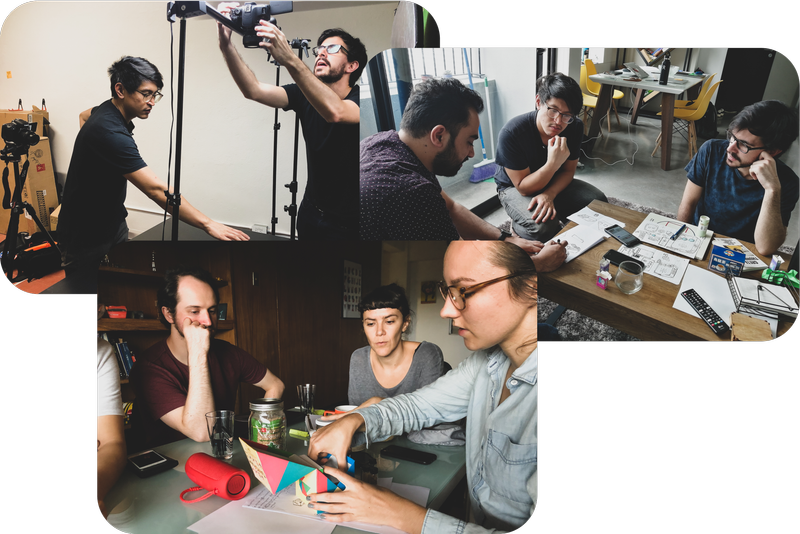Copenhagen Institute of Interaction Design
Master's Level Student
2020 – 2021
At CIID, my studies focused on leveraging emerging science and technology to create compelling concepts with a positive impact on people and the planet. The program placed a heavy emphasis on collaboration and rapid prototyping.
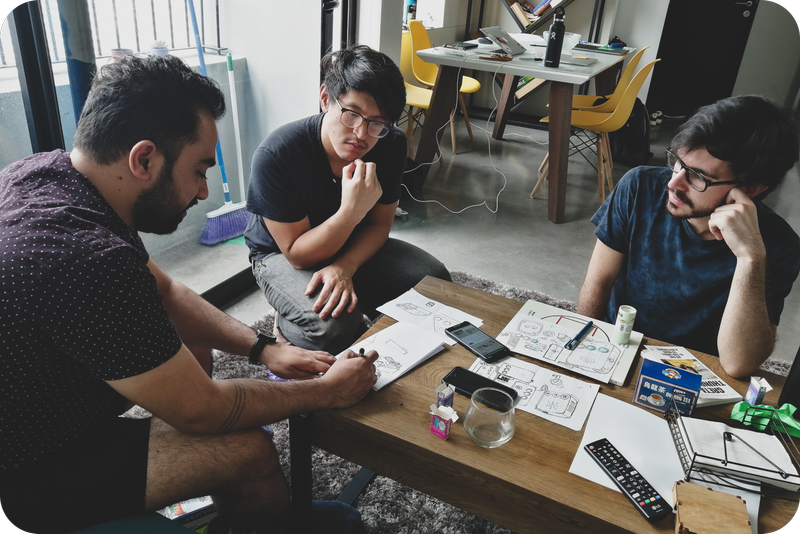
In February 2021, I graduated with honors from the Copenhagen Institute of Interaction Design. The focus of this program was leveraging emerging science and technology to create concepts that have a positive impact on people and the planet. The program places emphasis on collaboration and rapid prototyping. My final thesis investigated how design could promote rural resiliency against climate change in Central America.
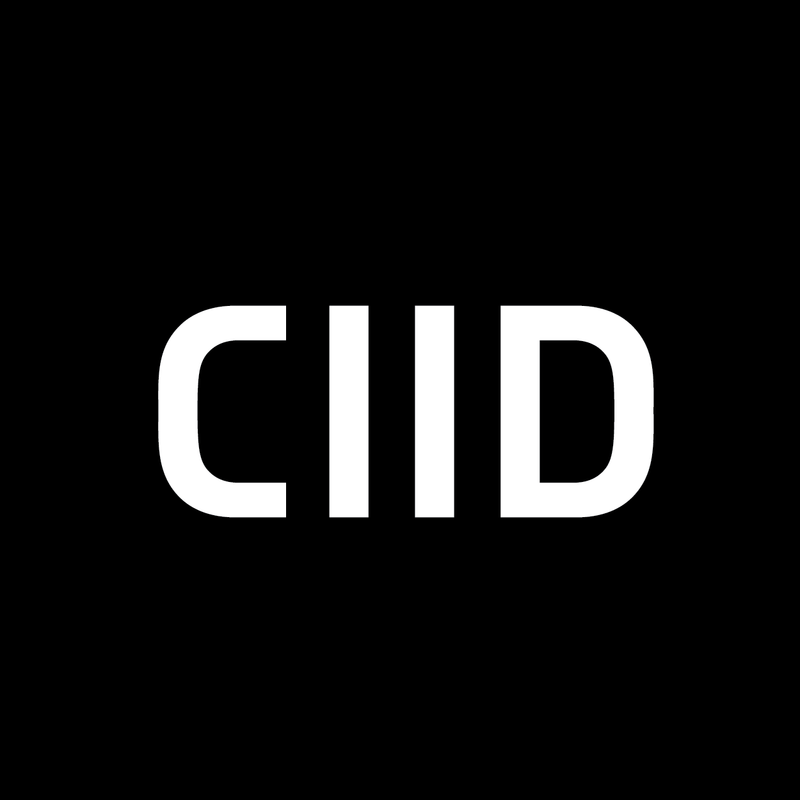
Life Centered Design and the U.N. Sustainable Development Goals
One factor that drew me to CIID was their focus on life-centered design and the U.N. Sustainable Development Goals. Pushing beyond human-centered design, we thought deeply about how our designs would affect the planet and other life on it. This involved theory and practice in speculative design, systems design, biomimicry, design ethics, and circular economies.
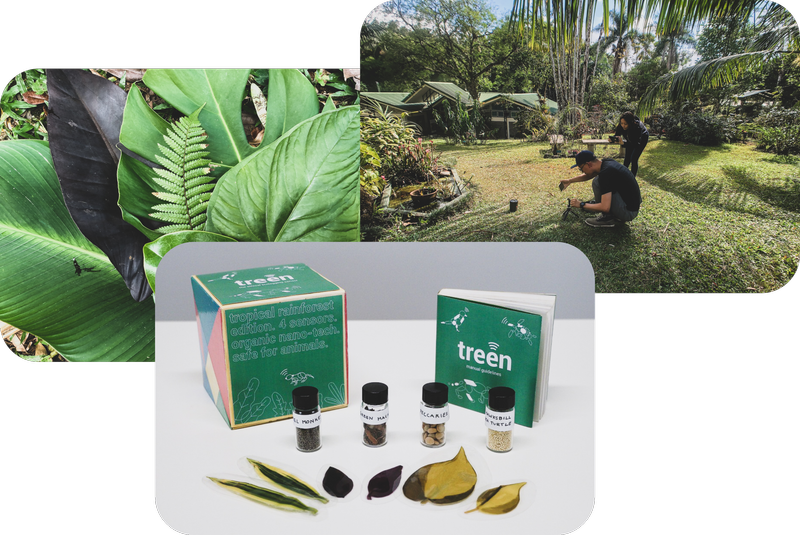
Physical Computing, Machine Learning, and Connected Devices
I had little hands-on experience with physical computing, machine learning, and connected devices before CIID but found them to be a natural extension of my interest in programming. I learned a lot about the basics of circuitry, Arduino, machine learning, and different communication protocols. We learned how to create quick physical prototypes with 3D printers, laser cutters, and projection mapping. Combining this with creative coding and conceptual thinking has been a rewarding path of exploration.
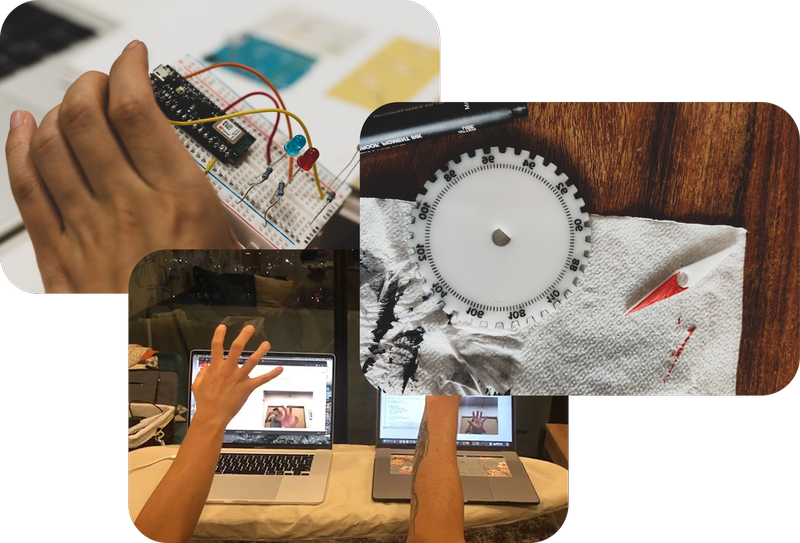
Mixed Reality and Sensory Design
One of most fascinating topics of study was around the emerging fields of mixed reality and sensory design. We explored the topics of AR/VR, spatial computing, human senses, and non-verbal communication. It was a deep and true study into the foundations of human-computer interaction and how technology can augment our senses in a meaningful ways that improves our well-being and our relationship with the planet.
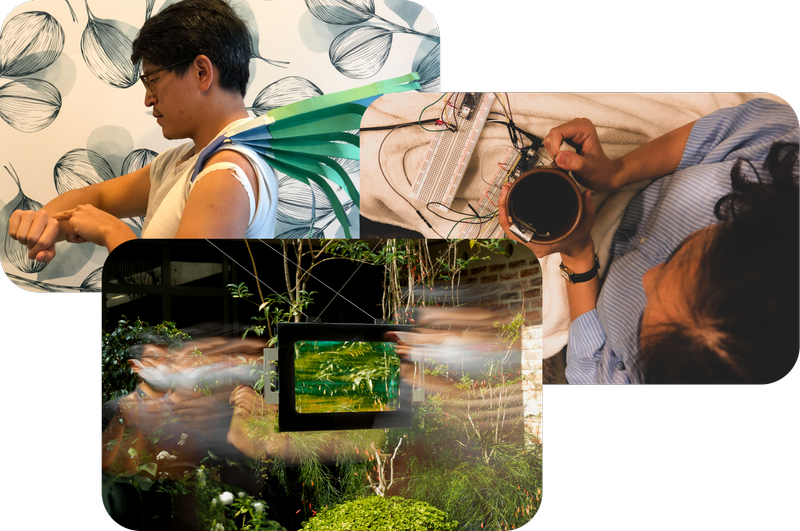
Research, Behavioral Design, and Service Design
While these were all topics I had experience with before, my time at CIID helped me to solidify my practice in these areas. I learned how to craft stronger and more actionable insights / HMW’s, identify specific cognitive biases, design around behavioral hypotheses, create compelling journey/ecosystem maps, and produce video narratives that help to convey the research and design of complex services. Overall, I find that I have much stronger confidence in my process and outputs in this area.
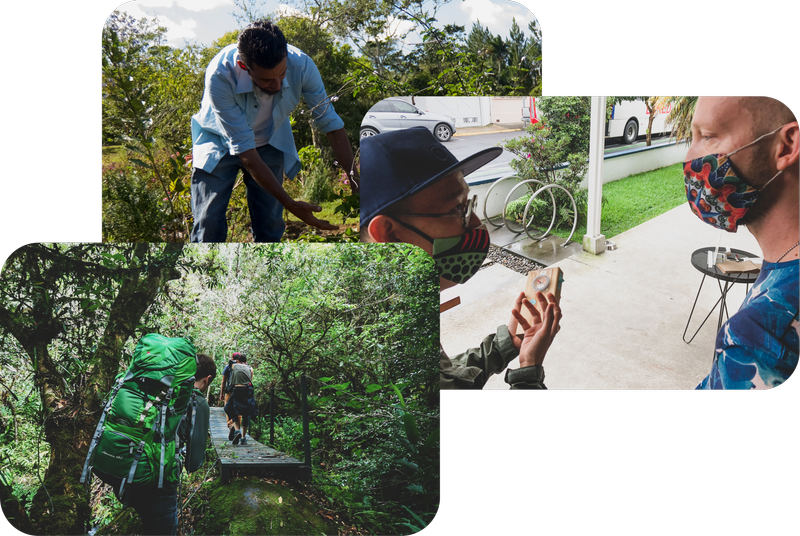
Teamwork and Collaboration
While I felt confident on teams before, never have I worked in such close collaboration in a high pressure environment. I learned how to quickly build trust and go deep with a new set of teammates every week. Each course, we would norm, brainstorm, bodystorm, prototype, shoot/edit videos, present our concept, and reflect. I learned what it takes to create alignment and manage conflicts and I have come to appreciate the richness of discussion and feedback built into the process and see how much a small team can create in a short amount of time.
